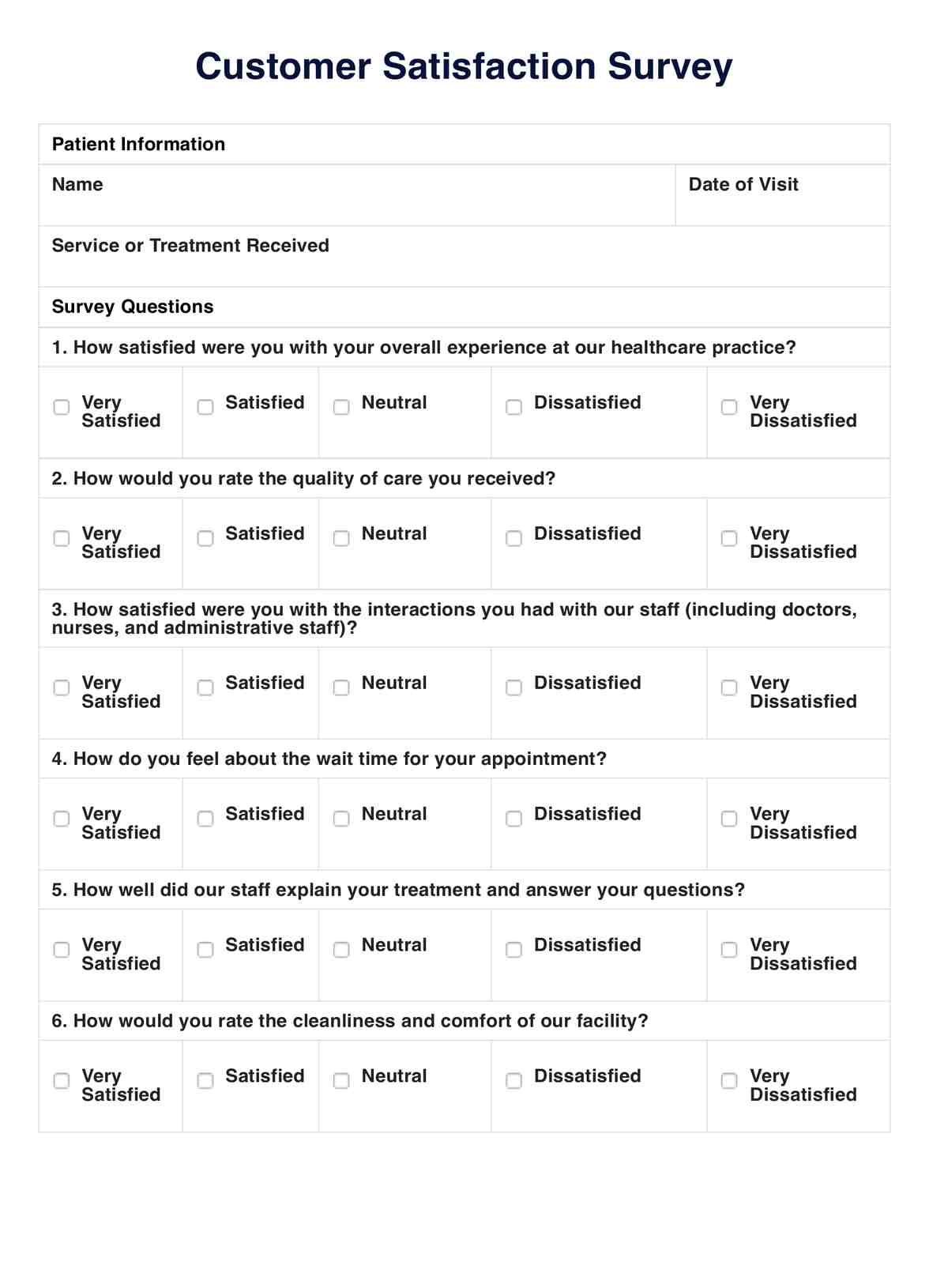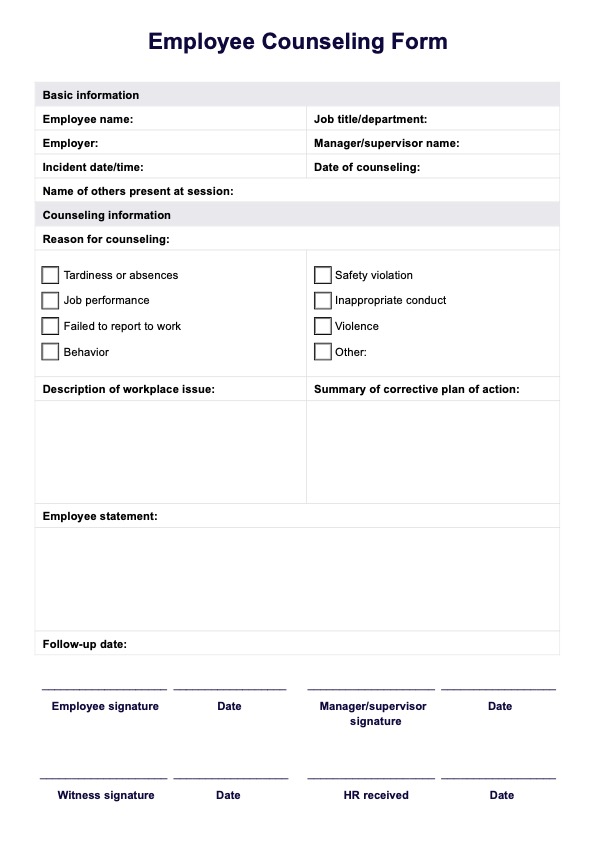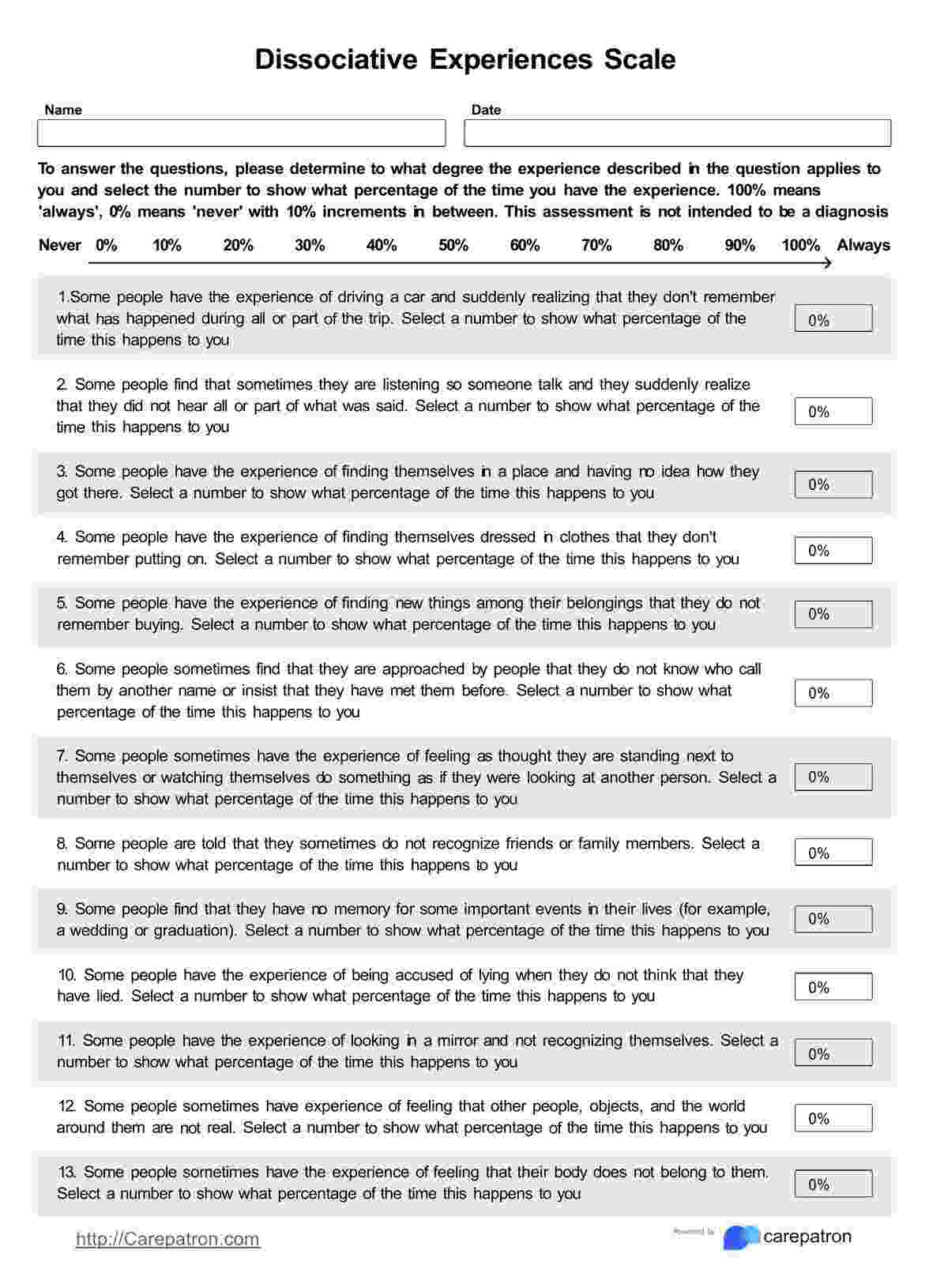DSM 5 Criteria for Social Anxiety Disorder
Discover the DSM 5 Criteria for Social Anxiety Disorder and learn more about the symptoms, diagnosis, and treatment options. Download for free.


What is social anxiety disorder?
Living with social anxiety disorder can be challenging as it invariably provokes anxiety in various social situations, from casual gatherings to public speaking engagements. This condition disrupts a person's normal routine, making everyday interactions feel like daunting hurdles to overcome. Understanding mental disorders such as social anxiety is crucial for identifying and addressing the symptoms effectively.
Social anxiety disorder or social phobia involves intense fear or anxiety in social situations where scrutiny is possible, leading to concerns about negative judgment. This fear can provoke anxiety and may result in avoidance of social situations, causing significant distress and impairing personal relationships, social interactions, and daily functioning. Treatment involves evaluation and management by an interprofessional team, addressing both the symptoms and negative consequences (Rose & Tadi, 2022).
Social anxiety is increasingly prevalent among young adults worldwide, with over a third meeting the criteria for Social Anxiety Disorder (SAD) among surveyed individuals aged 16–29 from seven diverse countries (Jefferies & Ungar, 2020). The widespread occurrence of social anxiety disorder among young adults emphasizes the importance of raising awareness and implementing interventions to prevent its detrimental effects on well-being.
DSM 5 Criteria for Social Anxiety Disorder Template
DSM 5 Criteria for Social Anxiety Disorder Example
Signs and symptoms of social anxiety disorder
In understanding Social Anxiety Disorder (SAD), it's crucial to recognize the marked and persistent fear and intense anxiety that characterize this condition. Symptoms of social anxiety encompass both psychological and physical manifestations, often identifiable by the individual experiencing them.
A mental disorder like SAD has no single known cause. Studies show that genes, along with how parents raise children and complex life events, play a big part in causing social anxiety disorder (Yale Medicine, n.d.). Risk factors of SAD are increased if they also experience other anxiety disorders, major depressive disorder, have a family history of social anxiety disorder, or struggle with substance abuse or avoidant personality disorder.
Here are the signs and symptoms of Social Anxiety Disorder (National Institute of Mental Health, 2022; Mayo Clinic, 2021):
Physical symptoms of social anxiety disorder
These can include blushing, rapid heartbeat, trembling, sweating, upset stomach or nausea, trouble catching breath, dizziness or lightheadedness, feeling that the mind has gone blank, and muscle tension, all of which manifest during anxiety-provoking social situations.
Emotional and behavioral symptoms
Individuals with SAD often experience a range of emotional and behavioral symptoms such as fear of negative judgment, worry about embarrassing oneself, intense fear of interacting with strangers, fear of others noticing anxiety, avoidance of social situations, avoidance of being the center of attention, anxiety before social events, intense fear or anxiety during social situations, post-event analysis and self-criticism, and expectation of adverse outcomes, all of which significantly impact their daily functioning and well-being.
Everyday social situations that prompt fear, anxiety, or avoidance
These include interacting with strangers, attending social gatherings or parties, eating in front of others, going to work or school, initiating conversations, making eye contact, entering a room with people already seated, dating, returning items to a store, and using a public restroom, all of which can be overwhelming for individuals with social anxiety disorder due to their fear of negative evaluation and judgment.
What makes this different from other anxiety disorders?
According to the DSM-5 criteria, diagnosing social anxiety disorder requires ensuring that the individual's social anxiety symptoms are not more accurately accounted for by symptoms of a different mental disorder.
What sets social anxiety disorder apart from other anxiety disorders, like panic disorder, generalized anxiety disorder, and separation anxiety disorder, is its specific focus on fears related to social situations and possible scrutiny from others.
While panic disorder involves sudden and intense panic attacks, body dysmorphic disorder revolves around preoccupations with perceived flaws in appearance, separating them from the concerns of people with social anxiety. Furthermore, social anxiety disorder is distinct from other mental disorders, and understanding it requires considering individual experiences within their sociocultural context.
What are the DSM 5 Criteria for Social Anxiety Disorder?
The Diagnostic and Statistical Manual of Mental Disorders, Fifth Edition (DSM 5) serves as the primary classification system for mental health disorders used by professionals in the United States.
Below are the diagnostic criteria for Social Anxiety Disorder as outlined in the DSM 5.
- Pronounced fear or anxiety in one or multiple social situations where scrutiny by others is possible
- Fear of negative evaluation concerning one's behavior in these situations
- Situations typically provoke anxiety or fear
- Enduring situations with anxiety or fear or avoiding them altogether
- Disproportionate fear or anxiety compared to the actual threat posed by the situation
- Duration of at least six months, causing significant impairment or distress in important areas of functioning
- Fear not attributable to substance or medical condition effects or symptoms of another mental disorder
- Excessive or unrelated anxiety, avoidance, or fear if another medical condition is present
- Performance-only specifier if fear is solely limited to public speaking or performing
Social anxiety disorder treatment
While the exact cause of social anxiety disorder remains uncertain, there is hope for effective treatment and management strategies. Treatment approaches aim to alleviate symptoms and improve the quality of life for individuals with social anxiety. Three common methods include:
Selective serotonin reuptake inhibitors (SSRIs)
These medications are often prescribed to help regulate serotonin levels in the brain. This can alleviate symptoms, and while they may not completely eliminate social anxiety, SSRIs can help lessen the intensity of anxiety symptoms, and enhance overall functioning.
Cognitive-behavioral therapy (CBT)
CBT aims to alter how clients respond to certain situations based on their behavior and emotions. By learning coping mechanisms and gradually confronting feared social situations, individuals can gain confidence and reduce anxiety levels.
Supportive therapy and lifestyle modifications
In addition to formal treatments, support from friends, family, or support groups can provide encouragement and understanding for people with social anxiety. Lifestyle changes like regular exercise, stress management techniques, and healthy lifestyle habits can complement treatment efforts and improve overall well-being.
References
Jefferies, P., & Ungar, M. (2020). Social anxiety in young people: A prevalence study in seven countries. PLOS ONE, 15(9). https://doi.org/10.1371/journal.pone.0239133
Mayo Clinic. (2021, June 19). Social anxiety disorder (social phobia) - symptoms and causes. Mayo Clinic; Mayo Clinic. https://www.mayoclinic.org/diseases-conditions/social-anxiety-disorder/symptoms-causes/syc-20353561
National Institute of Mental Health. (2022). Social anxiety disorder: More than just shyness. National Institute of Mental Health. https://www.nimh.nih.gov/health/publications/social-anxiety-disorder-more-than-just-shyness
Rose, G. M., & Tadi, P. (2022, October 25). Social Anxiety Disorder. PubMed; StatPearls Publishing. https://www.ncbi.nlm.nih.gov/books/NBK555890/
Substance Abuse and Mental Health Services Administration. (2016). Table 16, DSM-IV to DSM-5 social phobia/social anxiety disorder comparison. Nih.gov; Substance Abuse and Mental Health Services Administration (US). https://www.ncbi.nlm.nih.gov/books/NBK519712/table/ch3.t12/
Yale Medicine. (n.d.). Social Anxiety Disorder. Yale Medicine. https://www.yalemedicine.org/conditions/social-anxiety-disorder
Commonly asked questions
While some individuals may experience periods of improvement, social anxiety disorder typically requires treatment to manage symptoms and improve quality of life effectively.
No, social anxiety disorder involves intense fear and anxiety in social situations that can significantly impact daily functioning. In contrast, shyness is a personality trait characterized by discomfort in social situations that may not necessarily impair functioning.
It is advisable to seek professional help if your social anxiety interferes significantly with your daily life, relationships, or ability to function effectively at work or school.


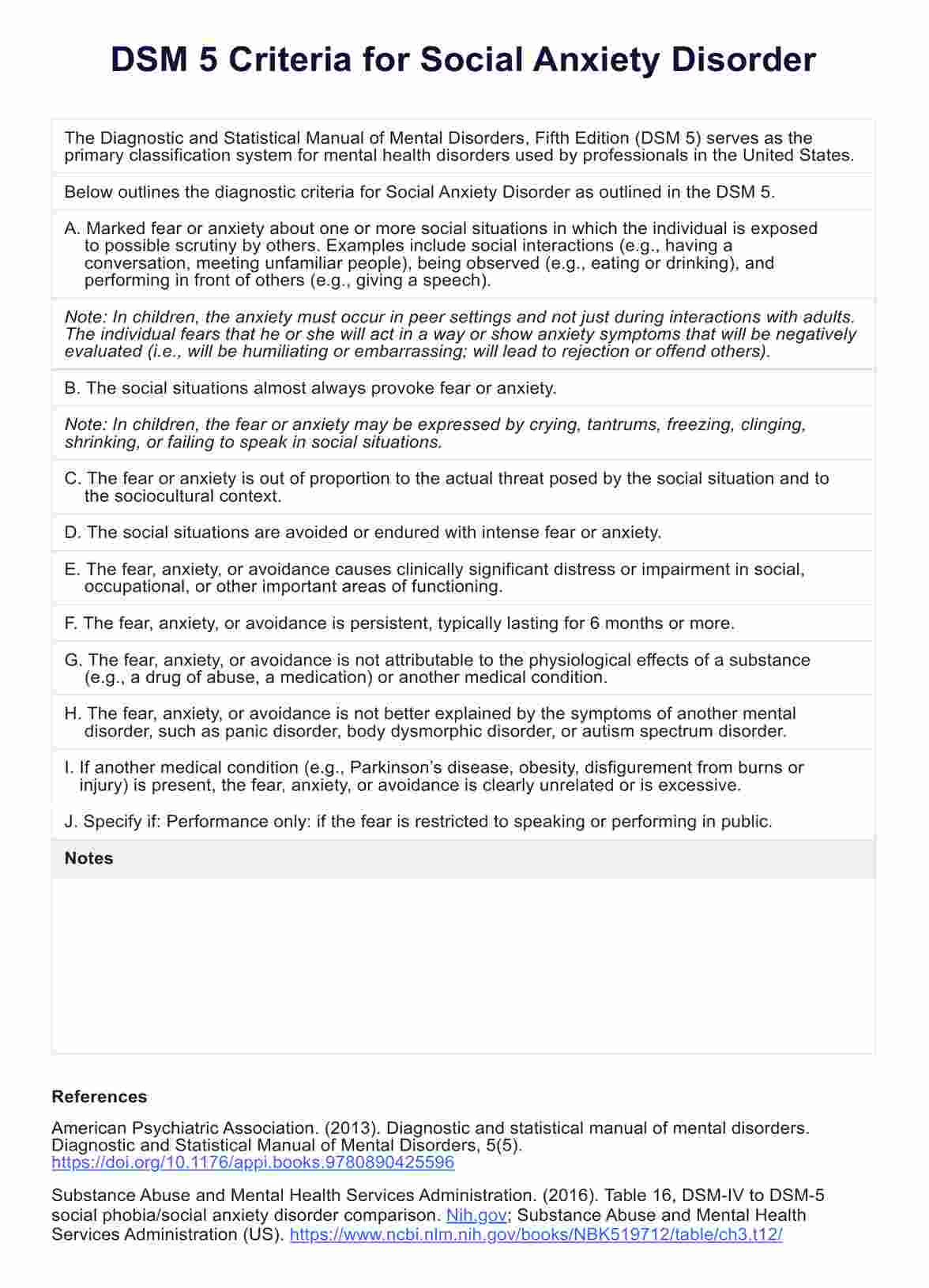
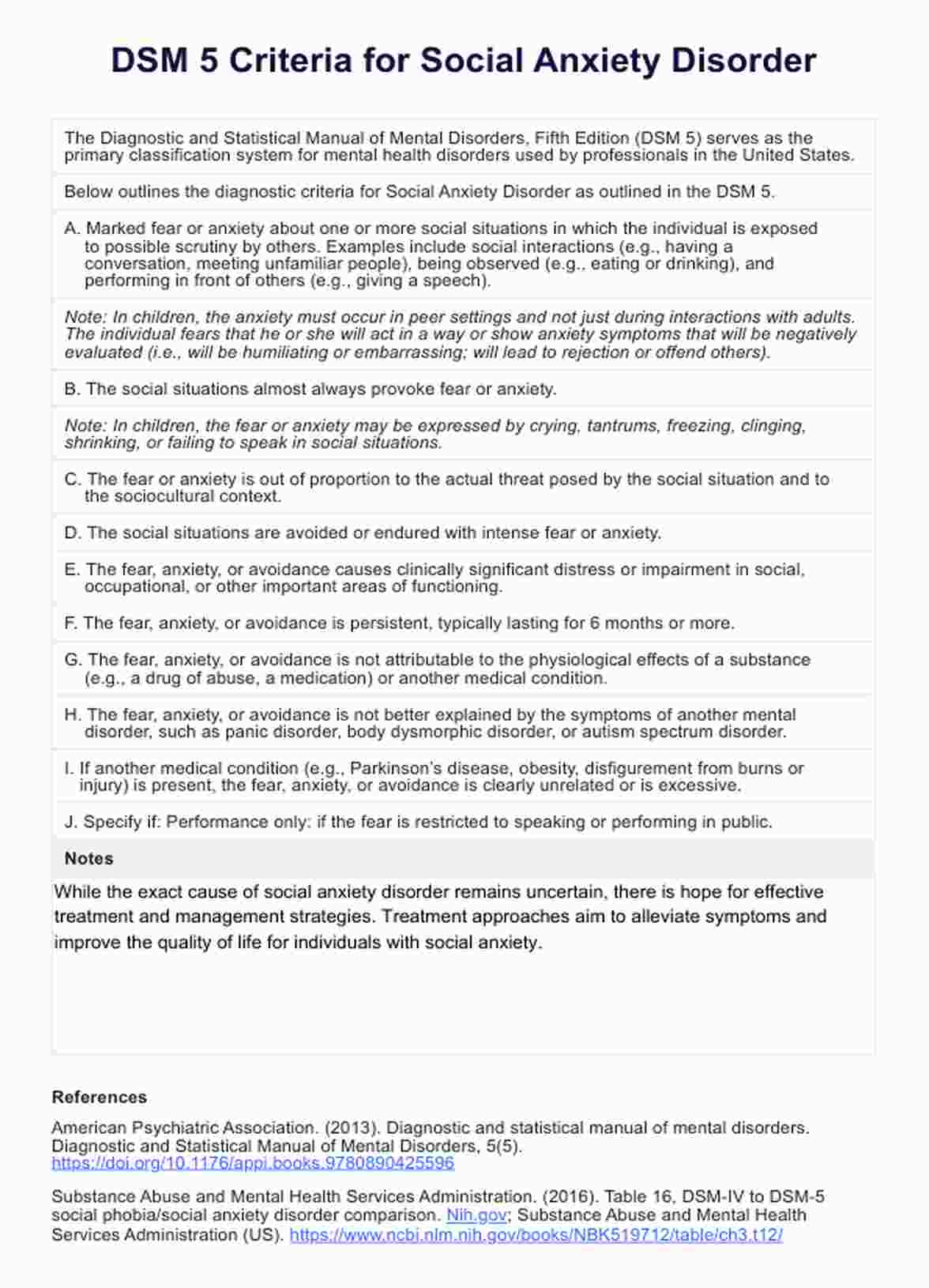

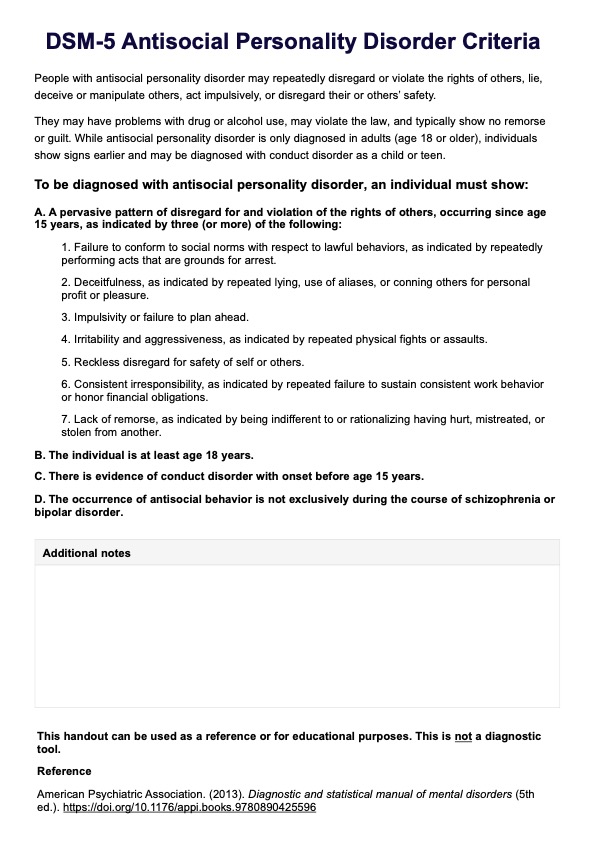
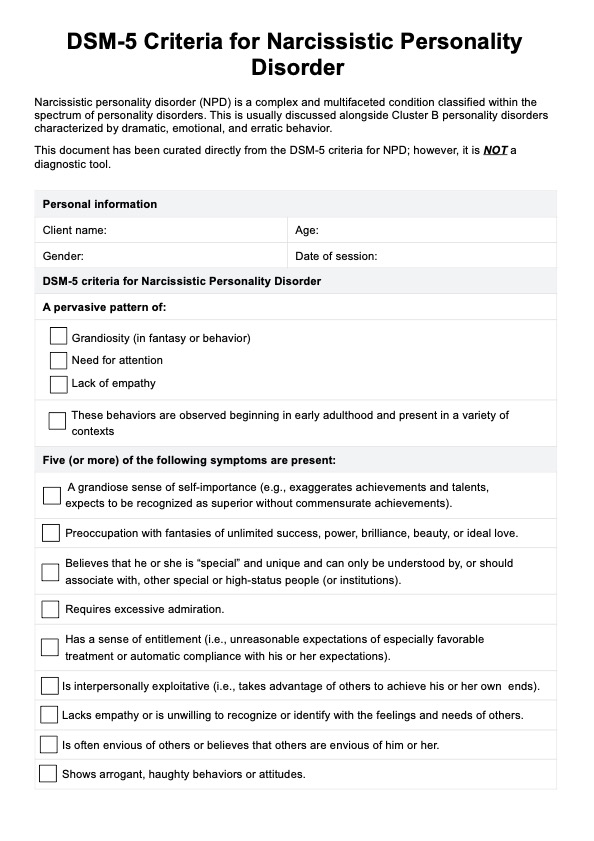
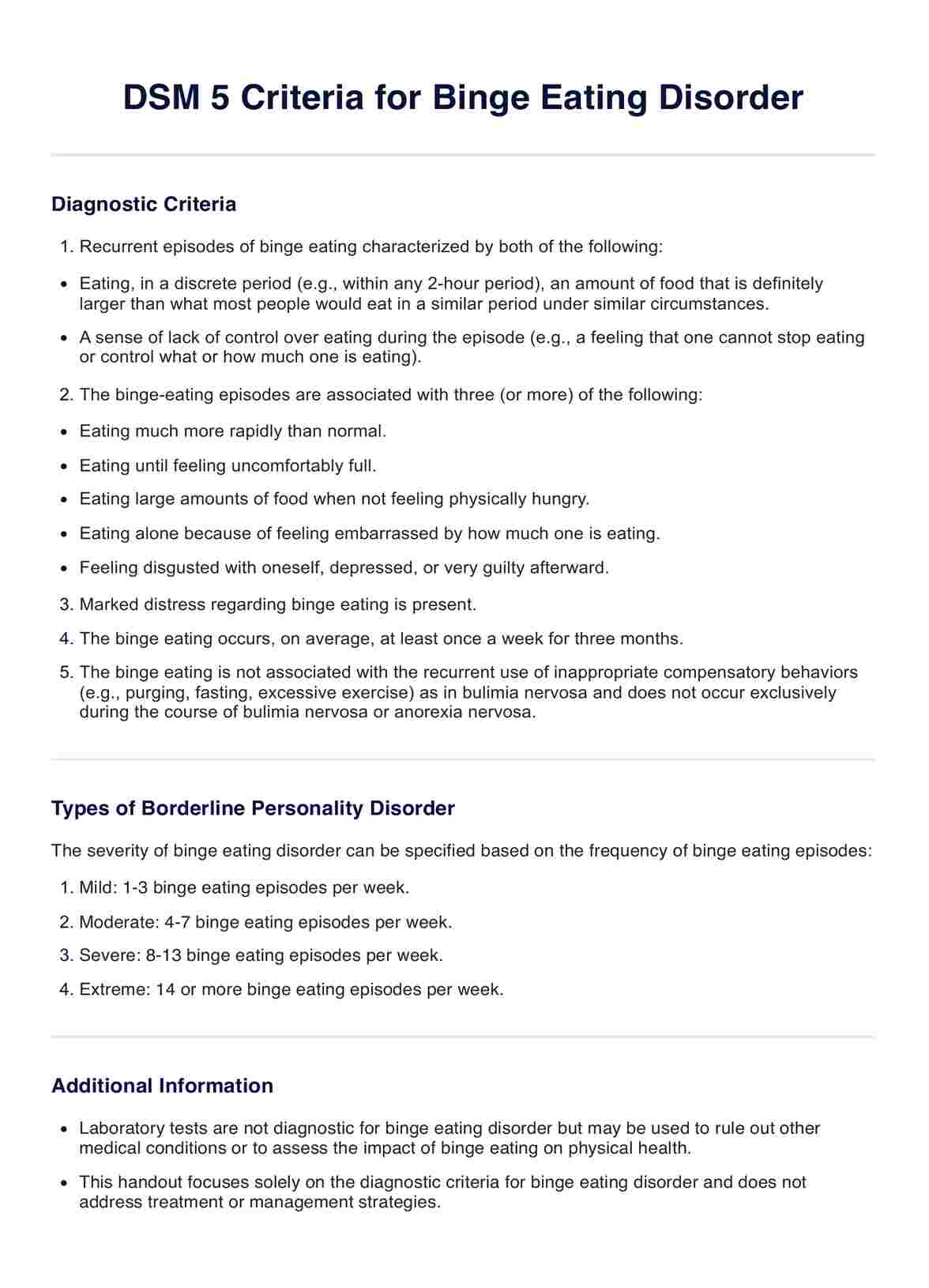
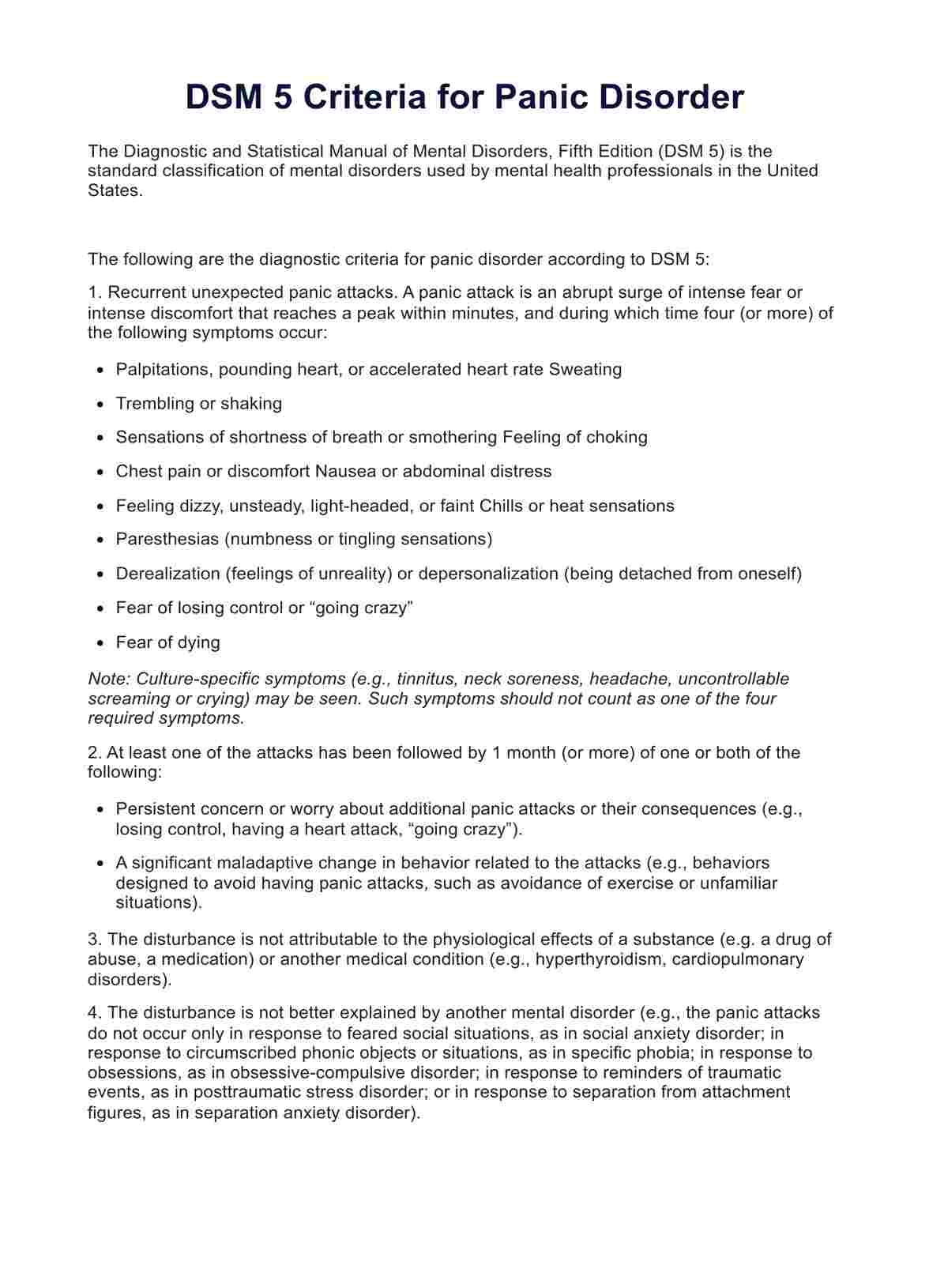
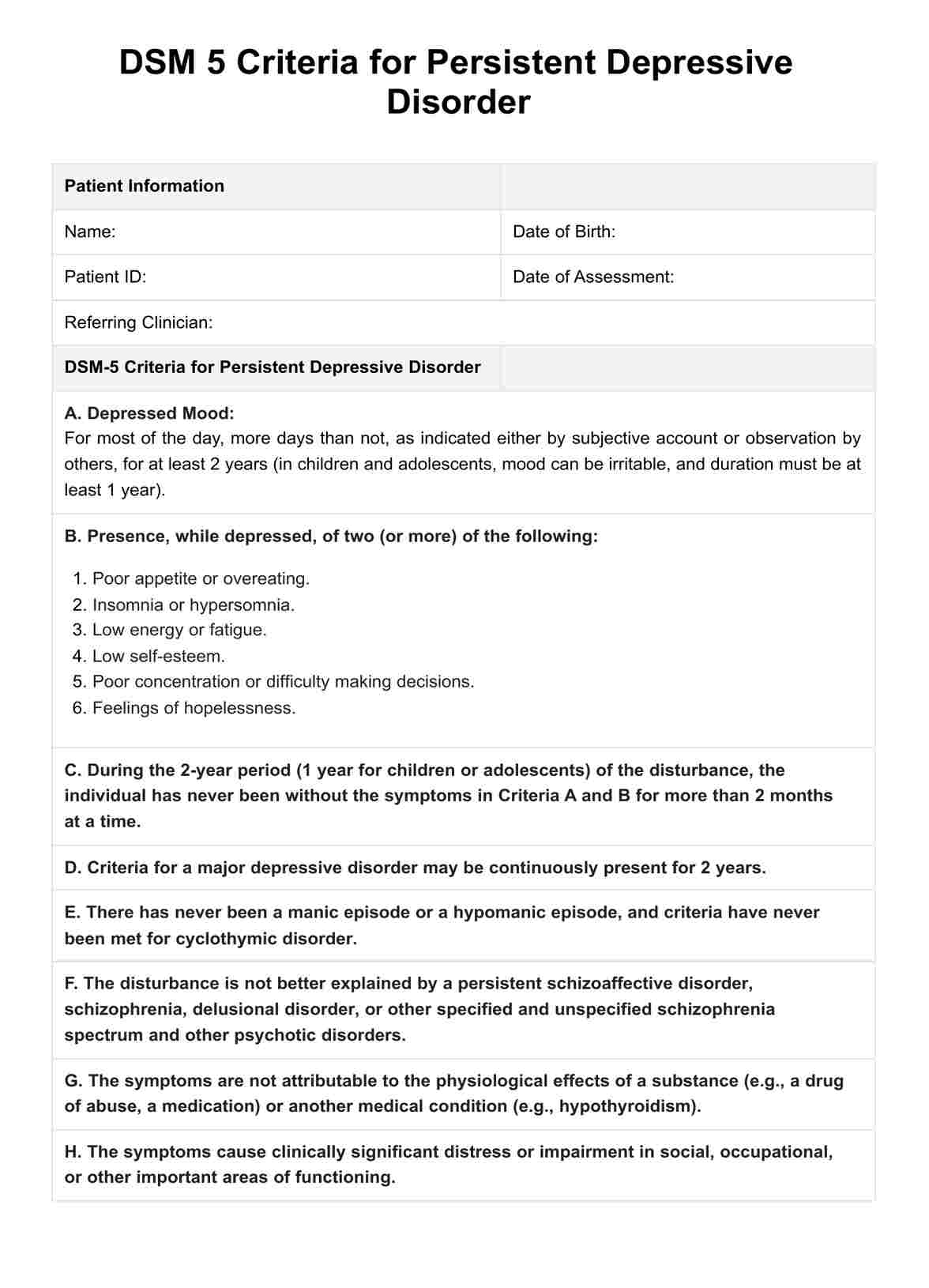
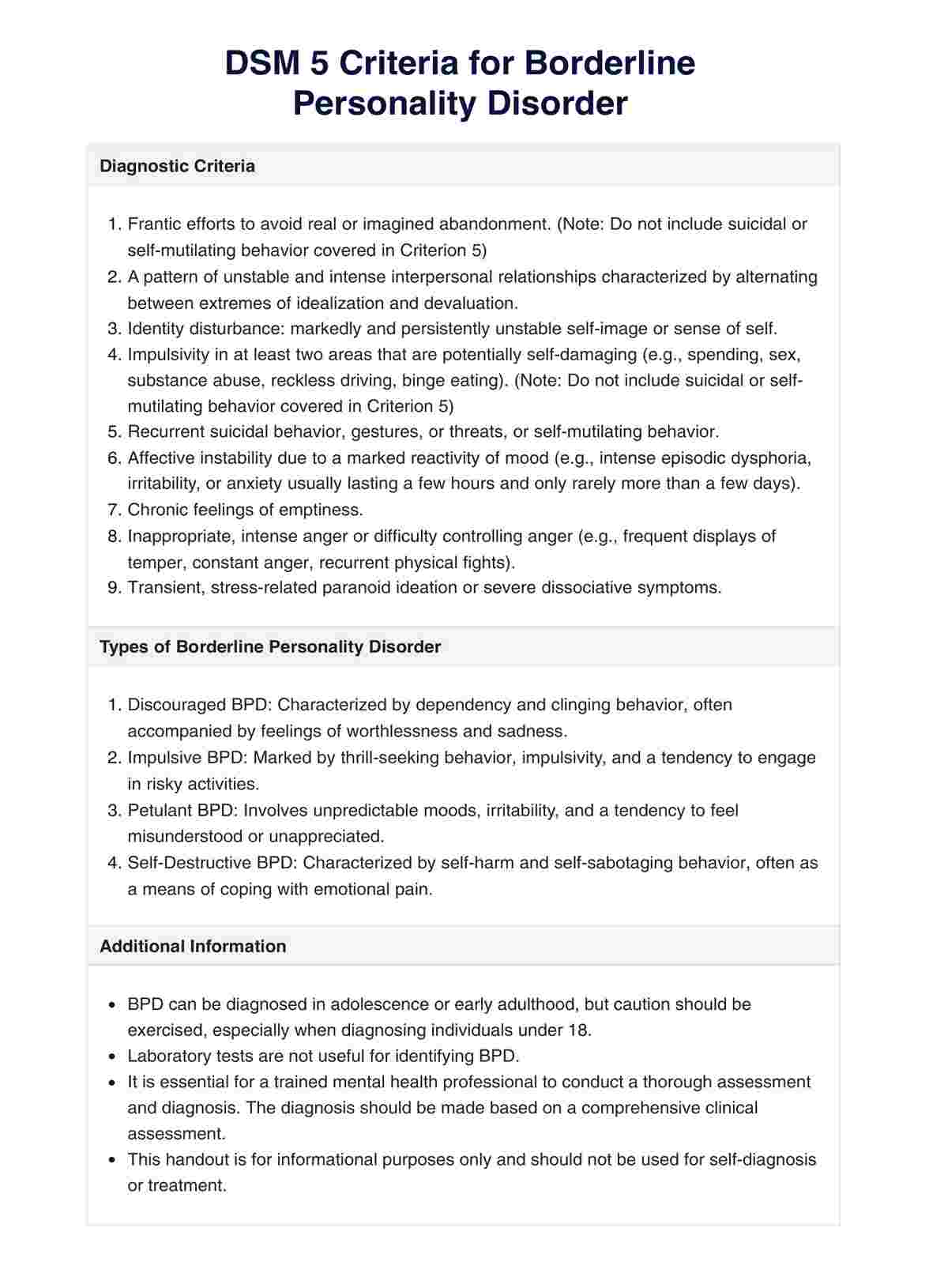
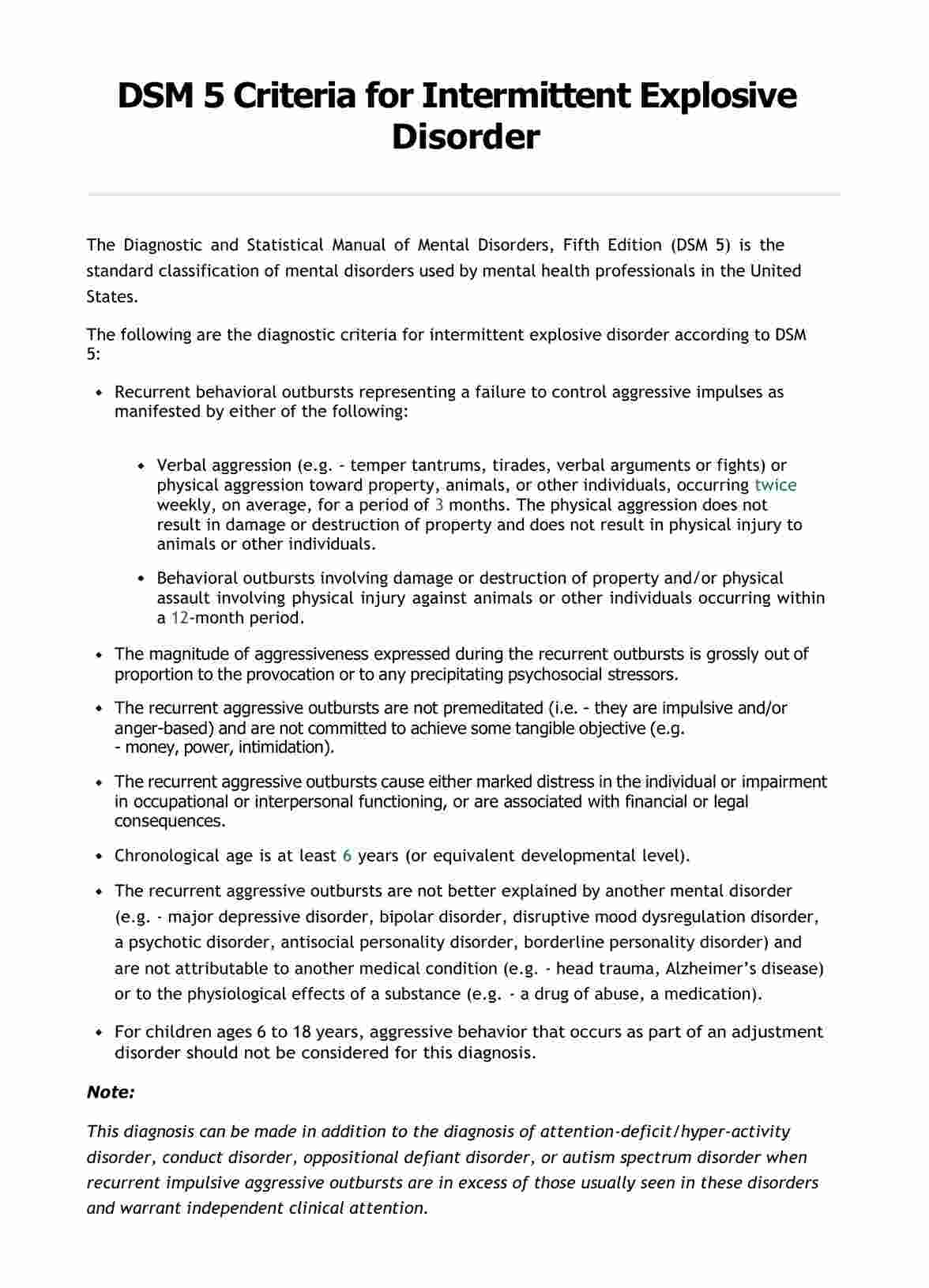
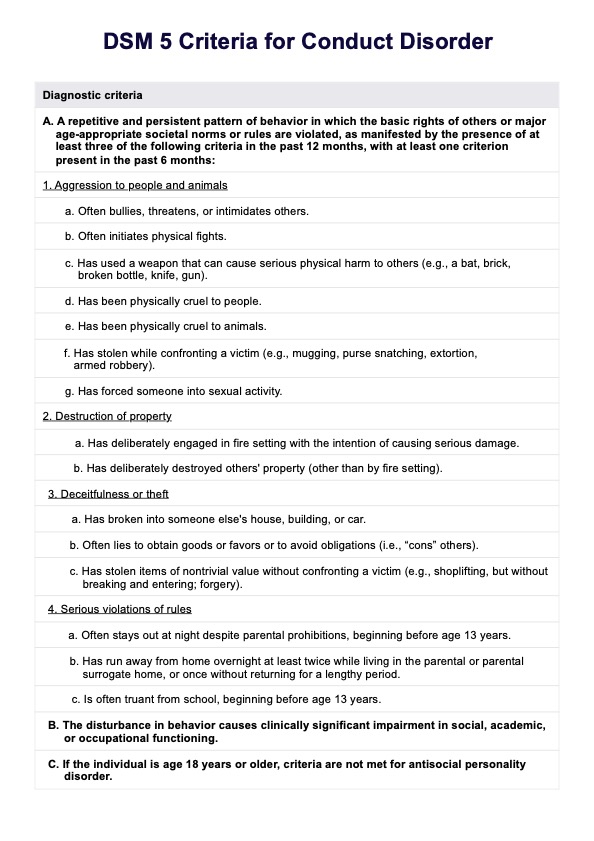
















-template.jpg)


























































































